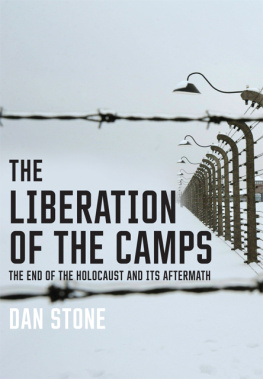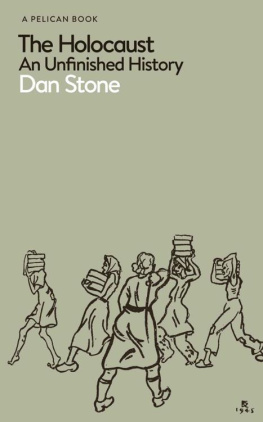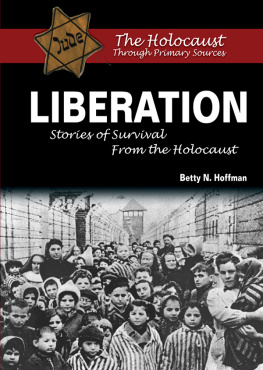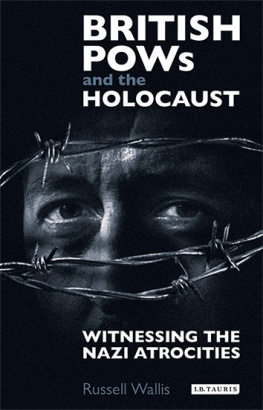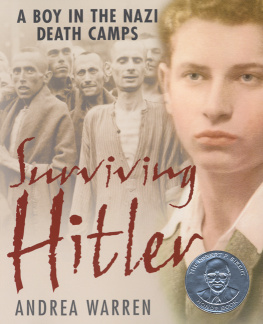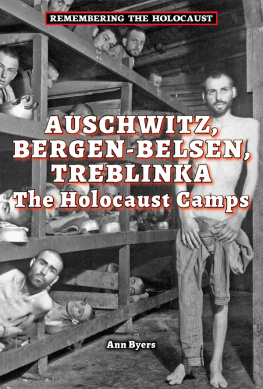

Copyright 2015 Dan Stone
All rights reserved. This book may not be reproduced in whole or in part, in any form (beyond that copying permitted by Sections 107 and 108 of the U.S. Copyright Law and except by reviewers for the public press) without written permission from the publishers.
For information about this and other Yale University Press publications, please contact:
U.S. Office:
Europe Office:
Typeset in Minion Pro by IDSUK (DataConnection) Ltd
Printed in Great Britain by TJ International Ltd, Padstow, Cornwall
Library of Congress Cataloging-in-Publication Data
Stone, Dan, 1971
The liberation of the camps: the end of the Holocaust and its aftermath / Dan Stone.
pages cm
Includes bibliographical references and index.
ISBN 978-0-300-20457-5
1. World War, 19391945Concentration campsLiberation. 2. Concentration campsEuropeHistory20th century. 3. Holocaust, Jewish (19391945) 4. World War, 19391945Refugees. 5. World War, 19391945Jews. I. Title.
D805.A2S74 2015
940.53'185dc23
2015000674
A catalogue record for this book is available from the British Library.
10 9 8 7 6 5 4 3 2 1
Contents
Abbreviations
AACI Anglo-American Committee of Inquiry on Palestine
DP Displaced Person
HIAS Hebrew Immigrant Aid Society
IRO International Refugee Organization
JAP Jewish Agency for Palestine
JCRA Jewish Committee for Relief Abroad
JDC American Jewish Joint Distribution Committee (the Joint)
JRC Jewish Relief Committee
JRU Jewish Relief Unit
NATO North Atlantic Treaty Organization
ORT Organization for Rehabilitation and Training
POW prisoner of war
RAMC Royal Army Medical Corps
RASC Royal Army Service Corps
SHAEF Supreme Headquarters, Allied Expeditionary Force
UNHCR United Nations High Commission for Refugees
UNRRA United Nations Relief and Rehabilitation Administration
USFET United States Forces, European Theater
WJC World Jewish Congress



1 German civilians forced to wait in line to view the Buchenwald concentration camp, 1945.

2 German prisoners of war are forced to watch an atrocity film about the German concentration camps. The looks on the POWs faces indicate the range of emotions experienced by Germans at the end of the war.
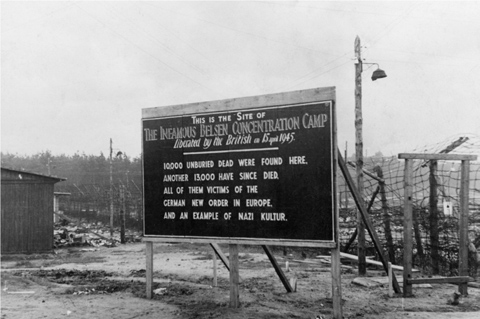
3 The British sign erected in English and German at Bergen-Belsen concentration camp. The sign was put up following the torching of the horror camp on 21 May 1945.

4 David Ben-Gurion addressing the Central Committee of Liberated Jews in Munich, 27 January 1946.
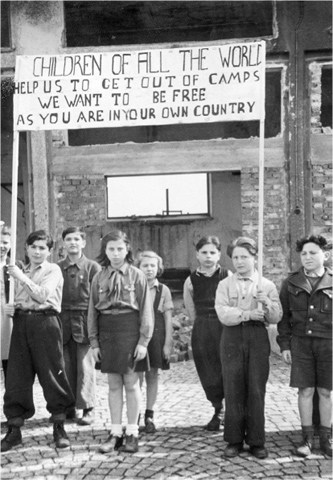
5 Children in Rosenheim DP camp. Such protests were a regular occurrence and the involvement of children was a clear attempt to try the worlds conscience.
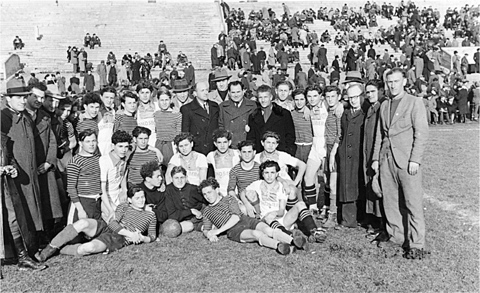
6 The Landsberg and Fhrenwald football teams. Sport was of great importance in the DP camps, both in encouraging a return to physical health and in shaping communities.
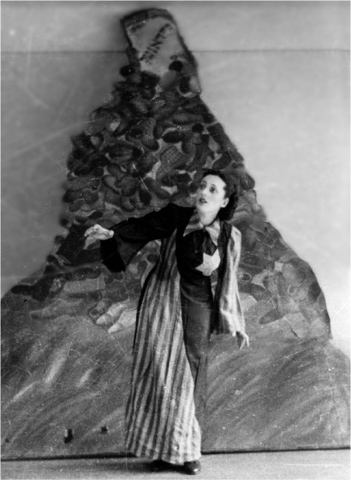
7 Sonia Boczkowska performs the poem Shoes from Majdanek at Belsen DP camp. Boczkowska, who had worked as an actress before the war, survived the d and Bdzin ghettos, then the slave labour camp Annaberg (a sub-camp of Gross-Rosen), Mauthausen and finally Belsen.
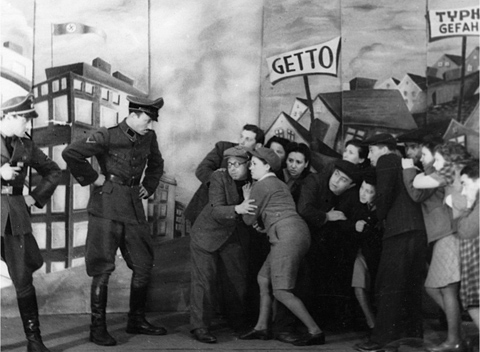
8 A scene from Partisans played by Katzet-Teater, Belsen DP camp. Partisans was one of the more popular pieces, giving surviving Jews a sense of agency and shifting the focus away from victimhood pure and simple.
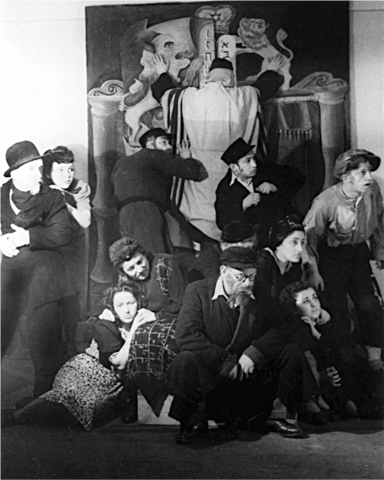
9 The Yiddish Youth Theatre during a performance at Belsen DP camp.
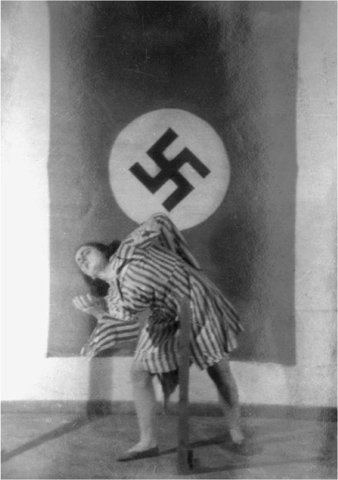
10 Sally Katz of the Katzet-Teater performing in Die Mutter (The Mother) in Belsen DP camp. The piece dealt with a mothers suffering following the murder of her child in a camp.
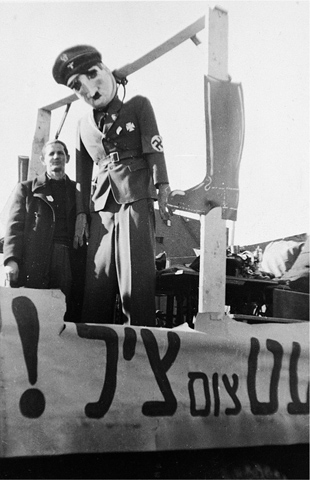
11 An effigy of Hitler during a Purim celebration, Landsberg DP camp.
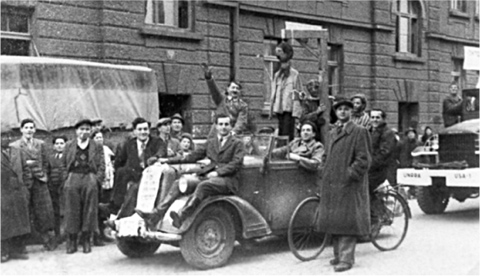
12 Such re-enactments as this, at Landsberg DP camp, in the context of Purim both incorporated recent events into Jewish history and permitted the acting-out of revenge fantasies.
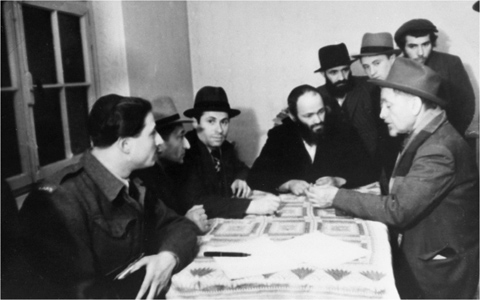
13 Students studying Talmud at a yeshiva in Zeilsheim DP camp, 1945. A remarkable number of survivors clung to the religious life they had followed before the war.
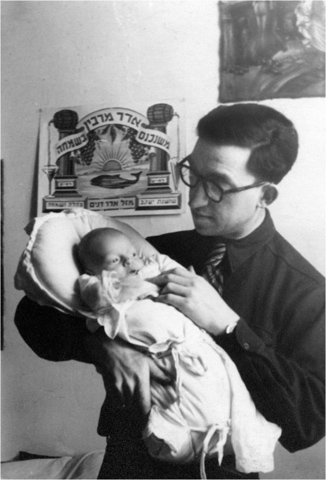
14 Zvi Silberman holds his newborn son in a DP camp in Austria. The sign behind him reads, When Adar comes happiness is multiplied. Adar is the Jewish month in which Purim falls.
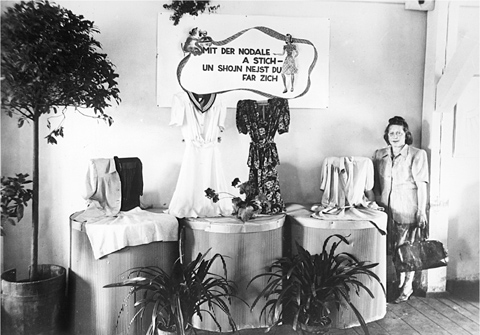
15 Clothing produced at an ORT-UNRRA school, probably at Landsberg DP camp. ORT provided large numbers of survivors with training in new professions.
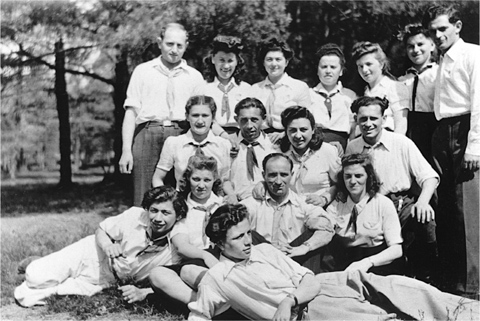
Next page
